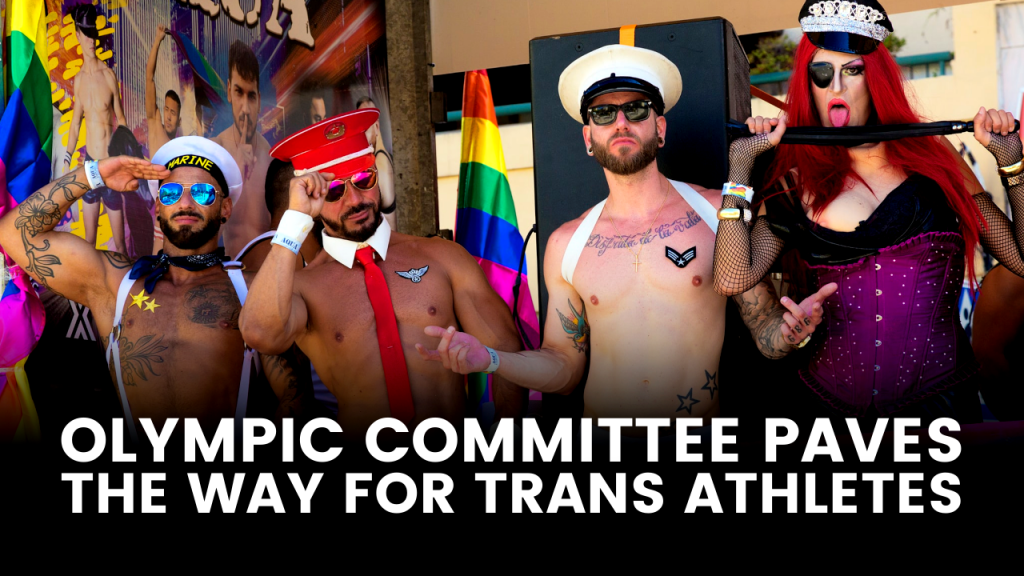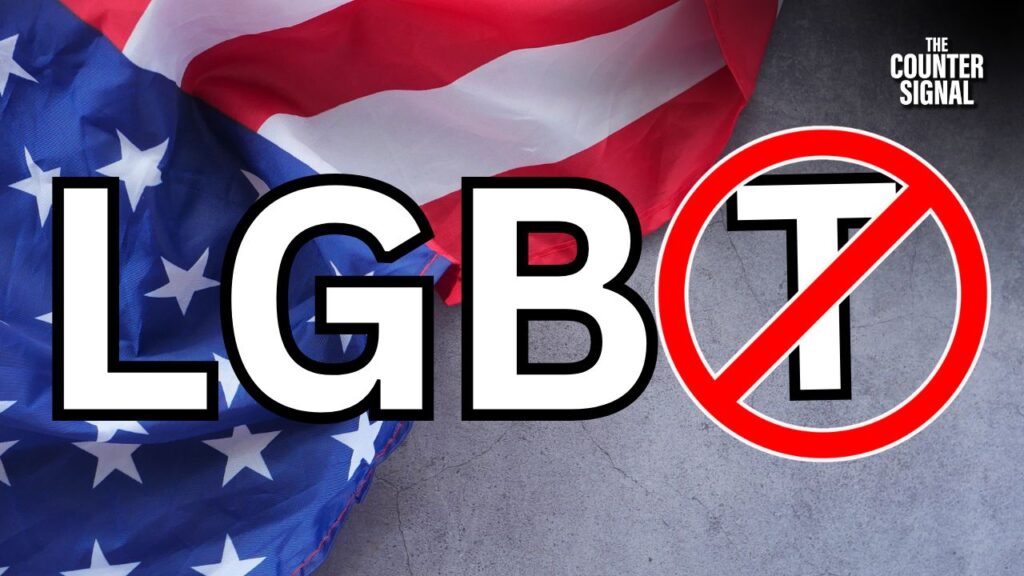
Over the weekend, the International Olympic Committee (IOC) released a document that sets up a controversial framework for including trans athletes in future Olympic games.
According to the IOC, this new agenda is being rolled out under the auspice of their commitment to human rights, despite the 2022 Winter Olympics being held in China, a country with a well-known history of frequent and ongoing human rights abuses.
Throughout the document, the IOC highlights two main themes: inclusion and fairness. While inclusion is their ultimate goal, trans athletes may be excluded from certain sports where advantage may be gained due to an athlete’s biological sex and prevent an even playing field, which the Committee seeks to retain.
According to the IOC, “Any restrictions arising from eligibility criteria should be based on robust and peer reviewed research that demonstrates a consistent, unfair, disproportionate competitive advantage in performance and/or an unpreventable risk to the physical safety of other athletes….”
Thus, it is unlikely the IOC will permit trans athletes to perform in women’s boxing or weightlifting, for example, but would potentially be able to perform in a sport such as archery, which is non-combative.
With that said, this policy does pave the way for the inclusion of trans athletes in a plethora of sports and may be expanded as outside social pressures fester.
Moreover, as per Section 5.2 under the heading “No Presumption of Advantage,” the burden of proof regarding a trans athlete’s real or perceived biological or medical advantage is now on the shoulders of other sports organizations, and the IOC stands committed to fostering a non-discriminatory environment where biological advantages are not assumed.
The document’s writers also advocate that “Sports organizations should seek to educate coaches, managers and other members of the entourage to prevent interpretations of their eligibility criteria that can lead to harm,” with this harm obviously being with regards to the feelings of trans athletes.
This harm avoidance goes so far as to prioritize athletes’ “physical, psychological and mental well-being” when establishing eligibility criteria, and that organizations should take an active role in preventing both direct and indirect threats to said mental well-being.












